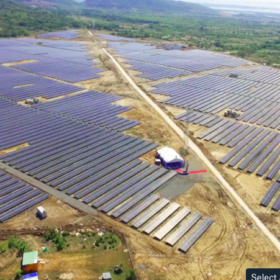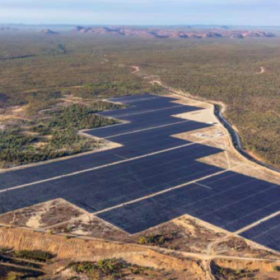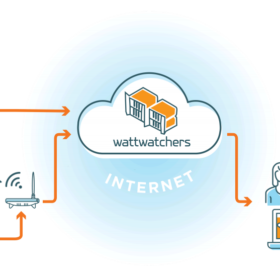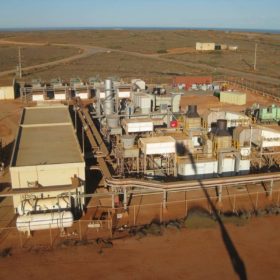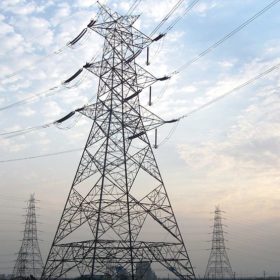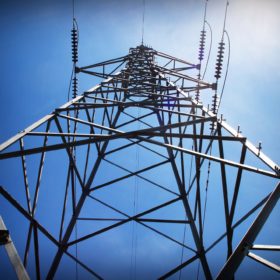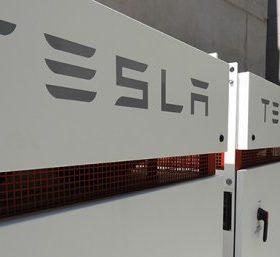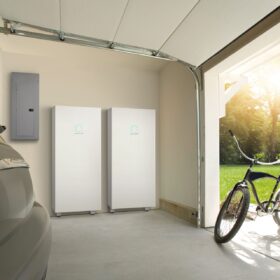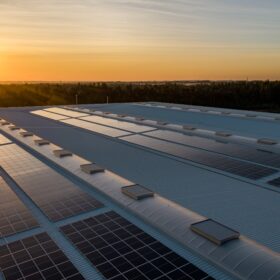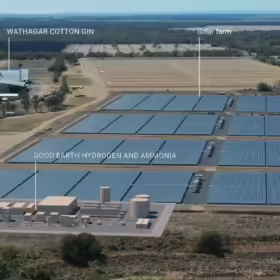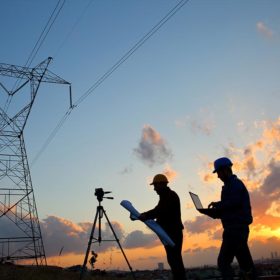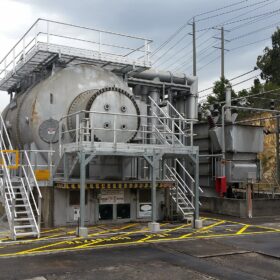Vietnam to stop licensing large-scale solar projects
In a newly published policy document, Hanoi has urged regional governments and the country’s state-run utility, EVN, to suspend authorizations for new solar parks until further notice. Around 8.93 GW of utility-scale solar capacity is already approved for development in Vietnam, according to the Ministry of Industry and Trade.
Genex achieves financial close for Jemalong and refinancing for Kidston
Sydney-based developer Genex Power Limited (Genex) has fought its way back from several unlucky blows to achieve financial close for the 50MW Jemalong Solar Project and the refinancing of the 50 MW Kidston Solar One Project.
ARENA funds Wattwatchers toward more consumer empowerment
The Australian Renewable Energy Agency (ARENA) is set to fund Australian energy technology company Wattwatchers to the tune of $2.7 million. The funding will aid the development of a consumer-facing energy data hub, ‘My Energy Marketplace,’ another step forward in consumer energy empowerment.
Unique hybrid solar PV installation now powering WA mine
The Nova Nickel-Copper-Cobalt Operation mine in the Fraser Range of Western Australia is now operating with fewer costs and emissions thanks to Zenith Energy’s hybrid solar PV-diesel power plant. The plant provides a litany of firsts, including being the first hybrid solar PV-diesel project completed without a single government subsidy.
AEMO calls for submissions on VIC-NSW interconnector expansion
The Australian Energy Market Operator (AEMO) has published a report with TransGrid looking to assess the viability of an expansion to the NSW-VIC interconnector, a much-needed infrastructural upgrade. AEMO is seeking submissions on the interconnector and other transmission investment options.
Hydrogen production as an antidote to grid constraints in northern Netherlands
Dutch transmission system operator Enexis, gas provider Gasunie and oil company NAM are considering diverting excess solar capacity in Drenthe province into hydrogen production. The companies are assessing which wind and solar projects may have been excluded from the grid.
Community Solar on its way to North-West NSW Town
Drought-stricken Manilla will soon have some of its pressures eased thanks to its efforts to develop a community solar project. The Manilla Solar Farm will not only provide locals with cheaper, clean energy, but also enable energy trading with the national grid.
A Study in Storage, University of Queensland turns on its Tesla Powerpack
The University of Queensland (UQ) is well known for its renewable solar power generation, from its Warwick Solar Farm to the extensive solar PV arrays on UQ campuses. Now UQ can store its solar power too, with one of Queensland’s largest behind-the-meter battery storage systems.
Shell invests in ESCO Pacific to drive growth in Australian solar
Fossil fuel giant Royal Dutch Shell has snapped up a 49% stake in one of the biggest Australian utility-scale solar developers furthering its expansion into the market.
Power Ledger enables solar P2P trading in new Perth development
Peer-to-peer energy trading (P2P), the signature of Power Ledger and already a recognised Australian digital export, is set to be installed into nine apartments in Perth’s eastern suburbs. The development’s integration with smart energy trading technology will allow the space to share a solar PV system and SENEC battery.
